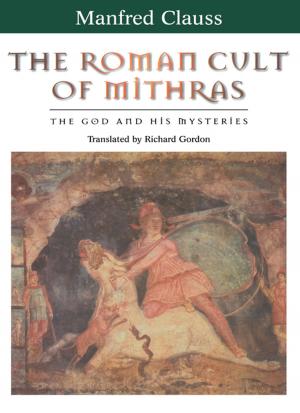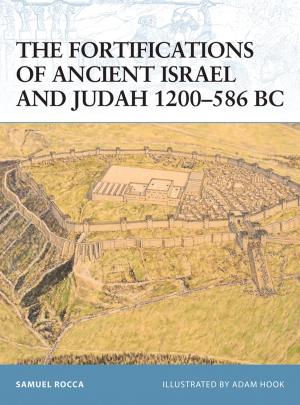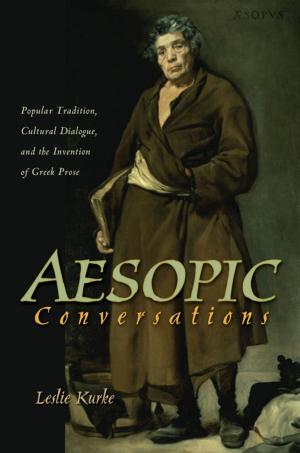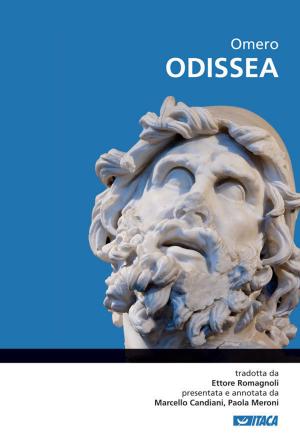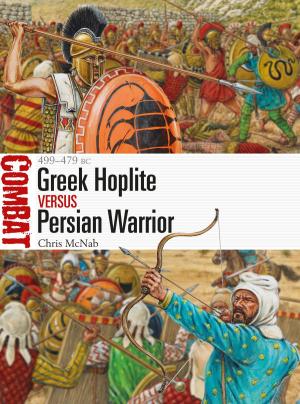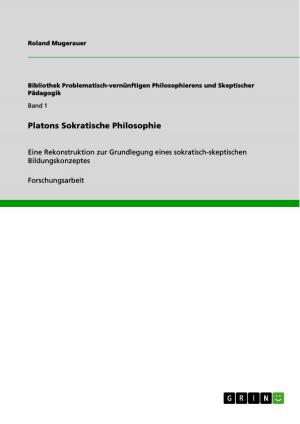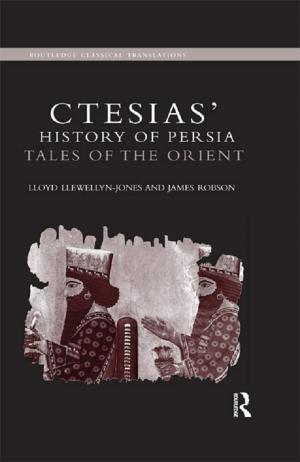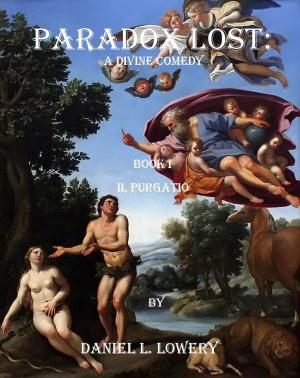| Author: | Marc Torra | ISBN: | 9780994427717 |
| Publisher: | Marc Torra | Publication: | September 10, 2015 |
| Imprint: | Smashwords Edition | Language: | English |
| Author: | Marc Torra |
| ISBN: | 9780994427717 |
| Publisher: | Marc Torra |
| Publication: | September 10, 2015 |
| Imprint: | Smashwords Edition |
| Language: | English |
Upon entering the age of materialism ―around 5000 years ago― knowledge about the anatomy of the soul became a part of various esoteric traditions. It was therefore kept private among a few initiates.
In the Himalayas, it was knowledge passed down orally, from master to disciple, and recorded in texts like the Puranas or the Tantras. In ancient Egypt and Sumer, it was transmitted through various mystical schools. With the arrival of Islam, many of these schools became Sufi brotherhoods. In the West, because of the power associated with this knowledge, various secret societies were founded, keeping it only for a few initiates and limited primarily to those few who were members of the upper echelons.
It was not until the end of the nineteenth century that such information began to transcend the circle of disciples, initiates and followers to become accessible to the remainder of the population.
However, this was not the case in the Andes. As this book reveals, the Inca civilisation conveyed such knowledge openly. It was communicated in their myths and legends, in their urban planning, ceremonies and festivals, dances, symbols and emblems, and in the language. It was ‘written’ for everyone to ‘read’ because, by definition, in a culture without a formal writing system, there cannot be illiterate people.
Upon entering the age of materialism ―around 5000 years ago― knowledge about the anatomy of the soul became a part of various esoteric traditions. It was therefore kept private among a few initiates.
In the Himalayas, it was knowledge passed down orally, from master to disciple, and recorded in texts like the Puranas or the Tantras. In ancient Egypt and Sumer, it was transmitted through various mystical schools. With the arrival of Islam, many of these schools became Sufi brotherhoods. In the West, because of the power associated with this knowledge, various secret societies were founded, keeping it only for a few initiates and limited primarily to those few who were members of the upper echelons.
It was not until the end of the nineteenth century that such information began to transcend the circle of disciples, initiates and followers to become accessible to the remainder of the population.
However, this was not the case in the Andes. As this book reveals, the Inca civilisation conveyed such knowledge openly. It was communicated in their myths and legends, in their urban planning, ceremonies and festivals, dances, symbols and emblems, and in the language. It was ‘written’ for everyone to ‘read’ because, by definition, in a culture without a formal writing system, there cannot be illiterate people.

